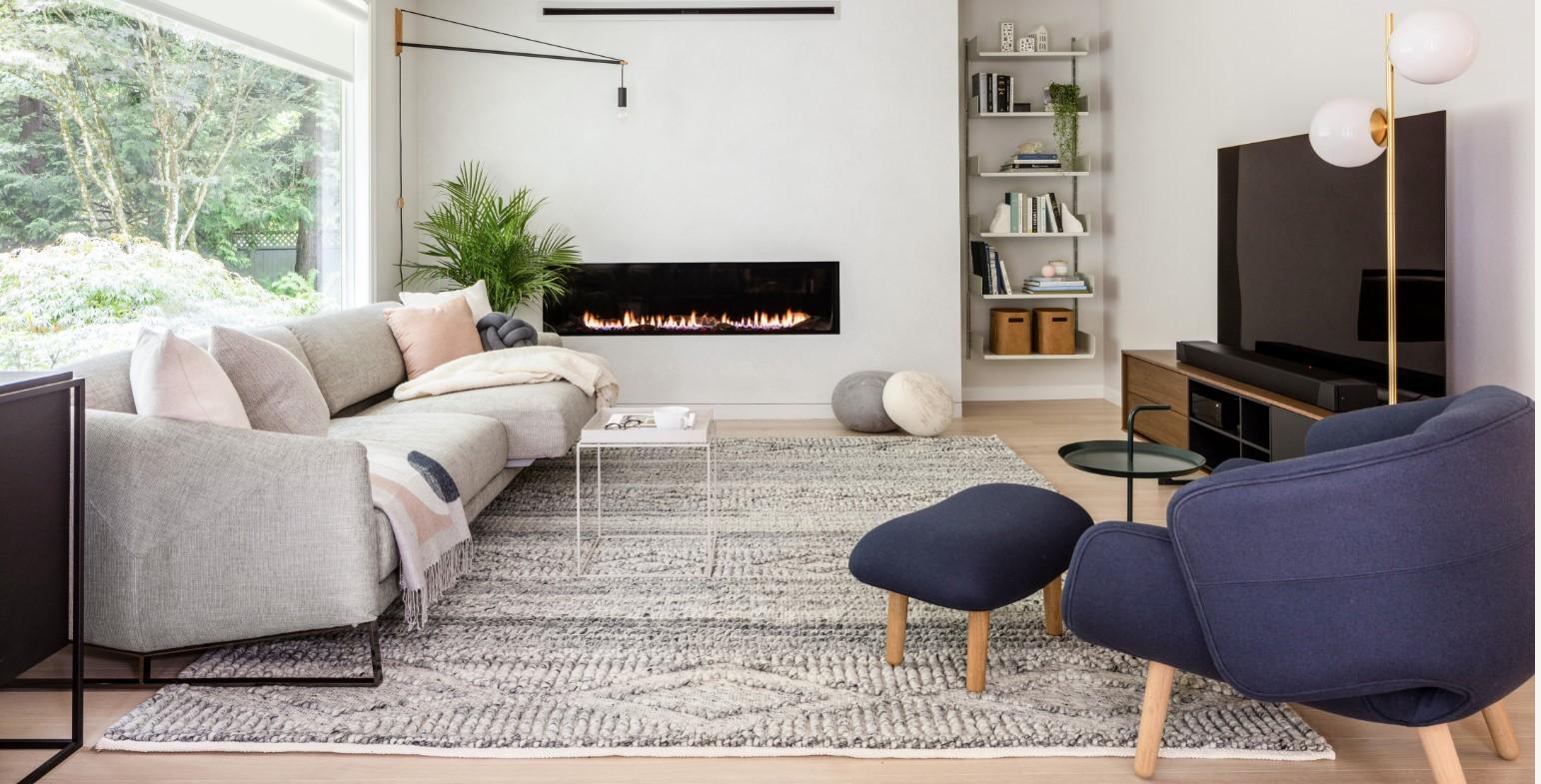The Danish Pavilion at Shanghai’s World Expo 2010 is a metaphor for the Danish urban lifestyle.
“You can ride the city bike, take a swim in the harbor bath, and see the real Little Mermaid,” Bjarke Ingels, founder of the design group that bears his name, says of his perforated, white-painted steel structure.
The pavilion is designed to allow visitors to experience some of Copenhagen’s most popular attractions – the city bike, the harbor bath, the playground settings, a picnic on the roof garden, and the authentic Han Christian Andersen’s Little Mermaid.
It’s designed as a traffic loop created by the motion of city bikes and pedestrians tied in a knot. More than 300 free city bikes, located upon the roofscape, offer visitors the chance to experience the Danish urban lifestyle. In the evening, the façade becomes a sequenced instrument of interactive light illuminating the passers-by.
The exhibition can be experienced in two speeds – as a calm stroll with time to absorb the surroundings and as a dynamic bicycle trip, where the city and city life rush past. Like a Danish city, the pavilion is best experienced on foot and by bike. The pavilion’s theme of Welfairytales (Welfare + Fairytales) seeks to re-launches the bicycle in Shanghai as a symbol of lifestyle and sustainable urban development. When the Expo closes, the pavilion can be moved to another site in Shanghai and could function as a transfer point for Shanghai’s new city bikes.
“If sustainable designs are to become competitive, it cannot be for purely moral or political reasons – they have to be more attractive and desirable than the non-sustainable alternative,” Ingels says. “With the Danish Pavilion we have attempted to consolidate a handful of real experiences of how a sustainable city – such as Copenhagen – can in fact increase the quality of life.”
As they have, the world has been watching.
For more, go here.


